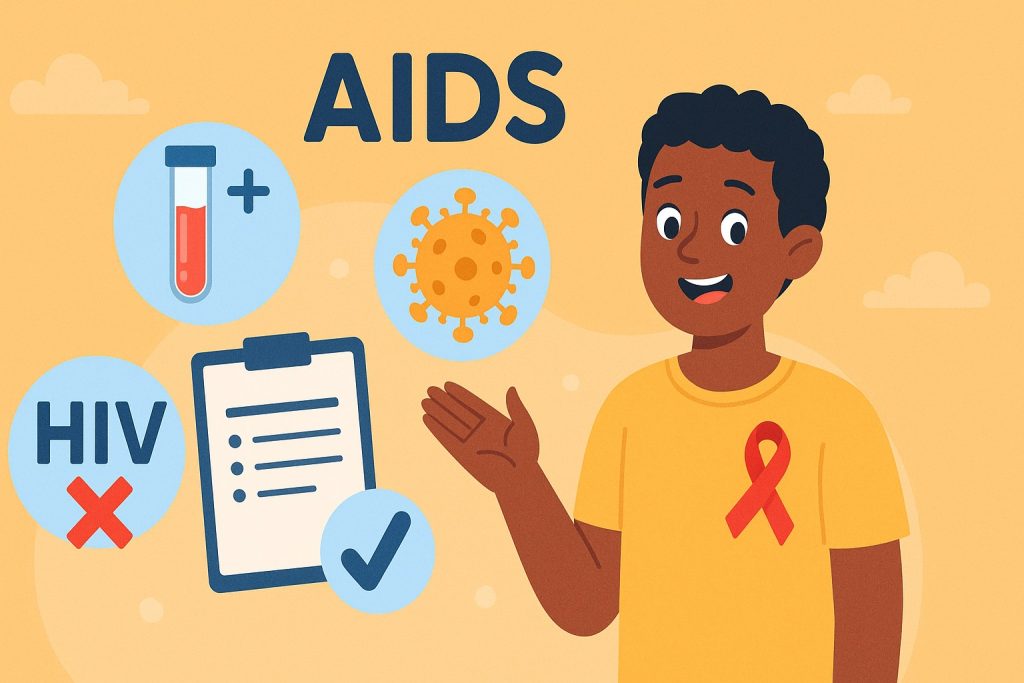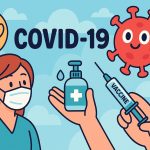Acquired Immunodeficiency Syndrome, better known as AIDS, is a life-threatening condition caused by the Human Immunodeficiency Virus (HIV). While modern medicine has made significant strides in managing the disease, millions of people around the world continue to live with HIV/AIDS. Understanding the facts, risks, and methods of prevention is key to reducing transmission and supporting global health.
What Causes AIDS?
AIDS develops as the final stage of infection with the HIV virus, which attacks the immune system, specifically the CD4 cells (T cells). Over time, if untreated, HIV reduces the number of these cells, making the body more vulnerable to infections and some cancers. When the immune system becomes severely weakened, the condition progresses into AIDS.
HIV is transmitted through blood, semen, vaginal fluids, rectal fluids, and breast milk. The most common transmission routes include unprotected sexual contact, sharing needles, and from mother to child during birth or breastfeeding.
Symptoms and Diagnosis
Early stages of HIV may cause flu-like symptoms such as fever, fatigue, and swollen lymph nodes. Many people, however, may not experience noticeable symptoms for years. Without treatment, HIV gradually weakens the immune system, leading to opportunistic infections, weight loss, night sweats, and other signs of AIDS.
Diagnosis is made through blood tests that detect HIV antibodies or the virus itself. Early testing and detection are essential for timely treatment.
Treatments Available
While there is currently no cure for AIDS, antiretroviral therapy (ART) has revolutionized the outlook for people with HIV. ART involves taking a combination of medications daily to suppress the virus, maintain immune function, and prevent progression to AIDS. With consistent treatment, many people with HIV can live long, healthy lives.
Modern ART also significantly reduces the risk of transmitting the virus to others.
Prevention Methods
Preventing HIV infection is a major public health goal. Effective methods include:
- Using condoms during sexual activity
- Avoiding the sharing of needles or syringes
- Regular testing and knowing your HIV status
- Taking pre-exposure prophylaxis (PrEP) if at high risk
- Ensuring HIV-positive pregnant women receive treatment to prevent mother-to-child transmission
Education and awareness are powerful tools in reducing stigma and promoting safer practices.
Social Impact and Global Efforts
HIV/AIDS has had a profound impact on societies, especially in sub-Saharan Africa. Stigma, discrimination, and lack of access to healthcare continue to be significant challenges. International organizations like the World Health Organization and UNAIDS are working toward the goal of ending AIDS as a public health threat by 2030 through testing, treatment access, and education campaigns.
Glossary
- AIDS (Acquired Immunodeficiency Syndrome) – The final and most severe stage of HIV infection, marked by a critically weakened immune system.
- HIV (Human Immunodeficiency Virus) – The virus that causes AIDS by attacking immune cells.
- CD4 cells – A type of white blood cell that plays a crucial role in the immune system.
- Opportunistic infections – Illnesses that occur more frequently or are more severe in people with weakened immune systems.
- Antiretroviral therapy (ART) – A treatment for HIV that uses medications to suppress the virus and prevent disease progression.
- Pre-exposure prophylaxis (PrEP) – A preventive treatment taken by HIV-negative individuals to reduce their risk of contracting HIV.


